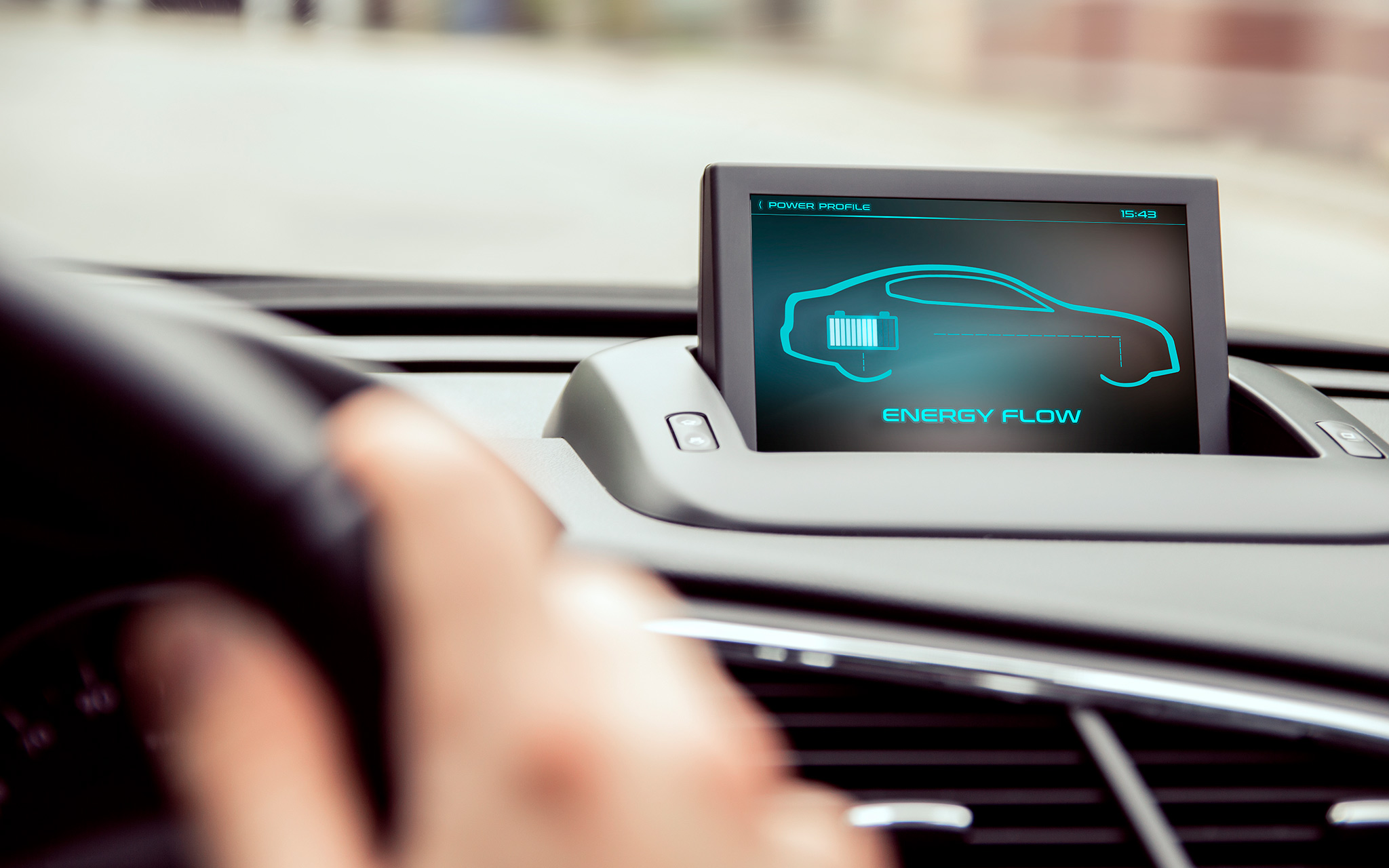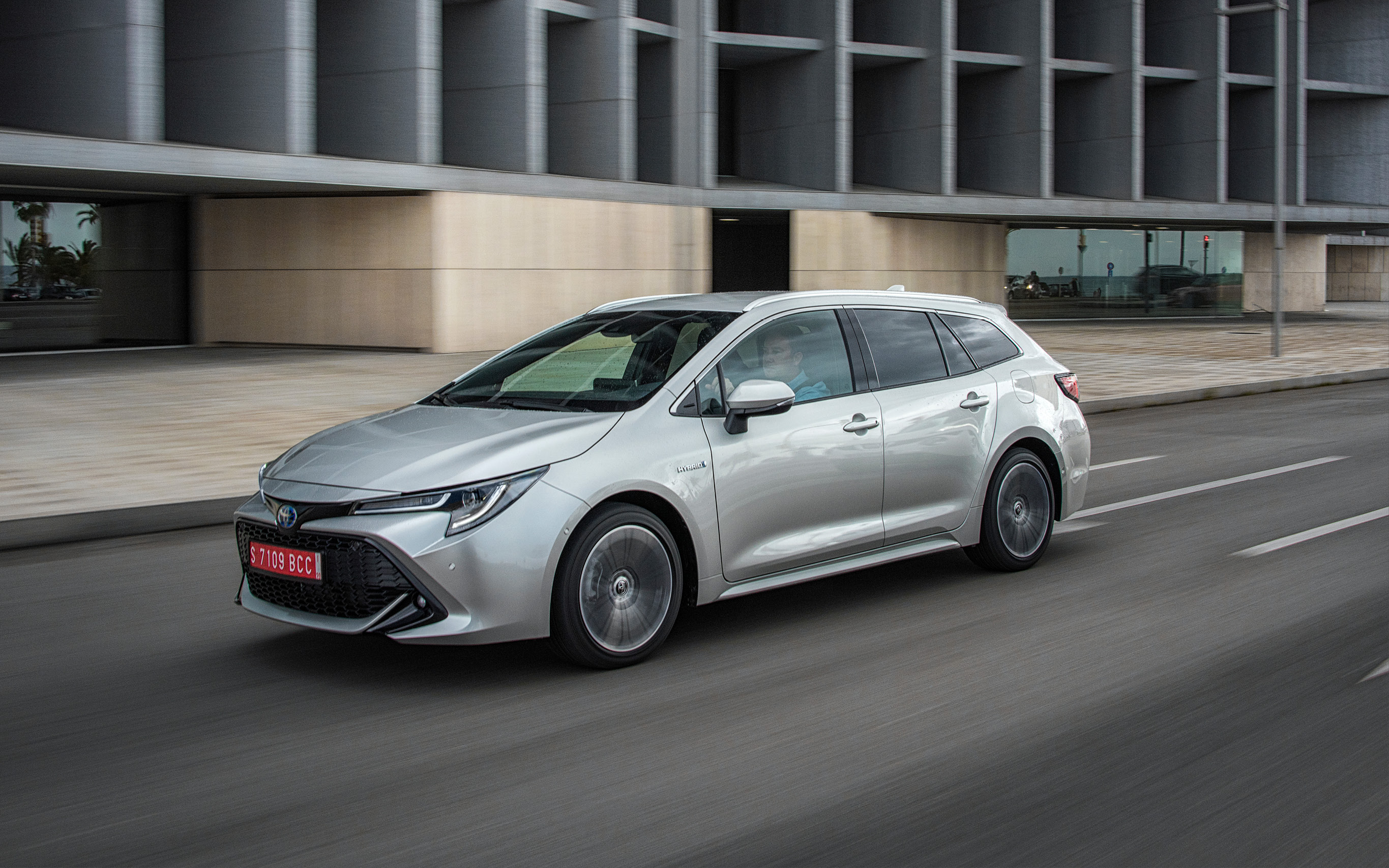The market for electric cars is setting new records. It is redrawing the map in the automotive industry, but also affecting lubricant manufacturers and other suppliers to the industry. Technical solutions and attitudes towards mobility are currently being challenged.
During 2017, the sale of rechargeable cars is expected to surpass a million worldwide. This is a record, and one that demonstrates just how quickly the automotive industry is changing. At the same time, we are hearing how more and more cities want to ban diesel vehicles on their streets. In Paris, Mexico City, Madrid and Athens, such a ban could be in place by 2025. The map is being redrawn in an industry that expects to sell 77 million vehicles this year, and electric cars represent a growing share of that number.
“It’s clear that developments are progressing at different speeds in different countries. Norway and the Netherlands have introduced powerful incentives and clear objectives when only electric cars are to be newly registered. These are also the countries with the largest per capita share of electric cars. Other countries, including Germany, do not have high sales figures for electric vehicles. But this does not affect the future prognosis: electric vehicles are on their way, and will arrive earlier in some regions than we may think at present,” says Markus Garb, Head of Global Automotive Product Management at FUCHS.
Garb stresses that the range, or driving distance, of electric cars is a key factor. With current technology, that range is usually between 100 and 300 kilometers. The next generation of electric cars will very soon be able to cover 500 kilometers. This could prompt a breakthrough, partly because private use can largely be covered by 500 kilometers, and partly thanks to a denser network of charging stations.
“I think we’ll see quite a lot of electric vehicles across Europe by 2030, especially in the large, densely populated cities,” says Garb. “In rural areas, consumers are likely to be partly dependent on hybrid solutions.”

Altered behaviors
A look at vehicle statistics shows that China, the USA and Japan are the biggest markets for plug-in hybrids and completely electric cars. In 2016, the number of such cars in the world was estimated at just over 2 million. Growth was 60% and the highest increase was in China, which accounted for 40% of sales. Despite this, electric cars account for just 0.2% of the worldwide fleet of light vehicles. Norway is an exception and is often referred to as the primary electric car nation, mainly due to the preferential subsidies. In 2016, electric cars had a market share of 29% in Norway. The Netherlands was in second place with just over 6%, followed by Sweden with a market share for electric cars of around 3.5% in 2016.
In tandem with these developments on the electric car market, the concept of mobility is being redefined. Today we move around with our own car or use public transport. When completely autonomous vehicles become possible, more consumers – especially in the largest cities – are expected not to have their own car or parking space. Instead they will call for a car when one is needed. This car will then drive off without the need to look for a parking space, since it will be directed to the next customer by an intelligent management system.
“We can expect this to change life and mobility habits for many people in Europe and other regions, including Asia. Seeing as not all regions develop at the same rate, there is still room for conventional usage on certain continents,” says Garb.
New technology – new lubrication
So how will the need for lubrication differ in electric cars compared to conventional ones? To find this out, firstly we need to define what is meant by an electric car. It is important to draw a distinction between completely electrically powered cars and hybrid solutions. Hybrid cars still have a small combustion engine that extends the vehicle’s range, as well as a partially electric drivetrain.
“Hybrid solutions come in a wide variety of different designs, and no one today knows which concept will be the leading one in 15 years’ time,” Garb explains. “All the OEM companies are trying out different solutions. They themselves are in a learning phase when it comes to which concepts are reliable and appropriate for the future.”
The combustion engine in a hybrid car will still need lubrication. This engine will have a smaller displacement since it also has an electric motor, and will not need to produce all the power as in a conventional vehicle.
“With a smaller displacement, requirements for heat and aging stability will increase. This is because more compact engines are also more encapsulated which stresses the engine oil further,” says Garb. In smaller engines with high power, a turbocharger is often used today. This increases the need for protection against deposits and places very high demands on the oil.

Whole new demands
“As the future entails more completely electric vehicles, the development of engine oil must continue. This is good news for specialists like FUCHS, who can quickly adapt to new requirements,” Markus Garb emphasises.
When the development of completely electric vehicles intensifies, other product groups will also be affected. Whole new demands will be placed on gear oils, coolants and greases, partly because they will be in contact with electric modules, sensors and circuits, and will be affected by electrical current and electromagnetic fields.
“The lubricants must be compatible with everything from copper wires and electric modules to special plastics and insulation materials. This means they will have to be more specialized to cope with lubrication in these environments,” Garb continues.
Moreover, motors in electric cars also emit a lot of heat, which will need to be led away from the electric module. Here, effective cooling concepts will be increasingly important. It is also likely that the electric motors will be driven at higher and higher speeds in order to increase efficiency. Already brand new motors are being designed, and different lubrication and cooling concepts are being discussed. With high-speed electric motors, the RPM in the drivetrain will need to decrease. New reduction gears with less gear steps are therefore being implemented, with potentially higher input speeds
Since the reduction gears can be combined with electric modules, their gear oils too must work well with the chosen module materials. This transition is a major challenge for developers of lubricants, since it entails a considerable change in lubricant specifications.
“Changes are always challenging, but at FUCHS we’re used to quickly adapting to new demands,” says Markus Garb in summing up. “We are now adapting our development strategies and concrete working methods to meet the demands for lubricants that come in contact with components in electric drivetrains. This gives us a chance to broaden our horizons and ensure that we remain at the forefront of technology also moving forward.”


